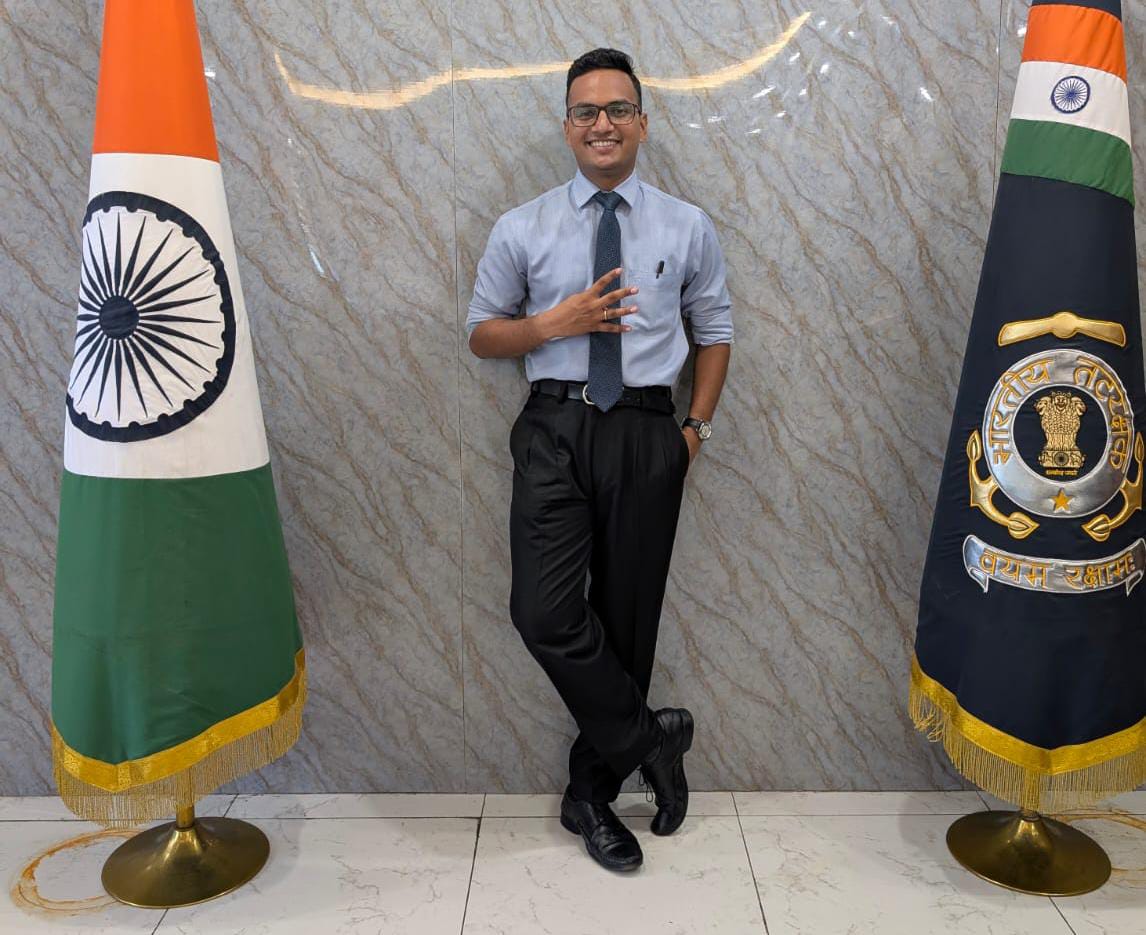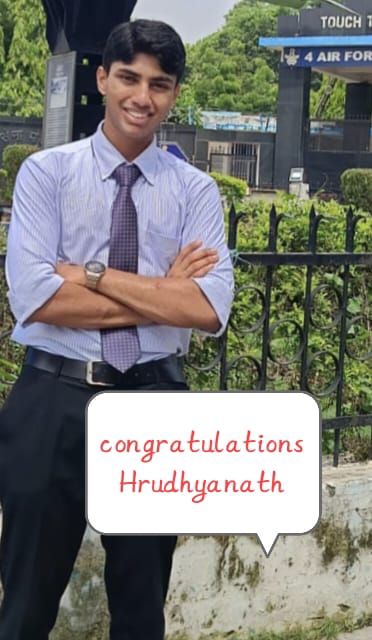The Journey of India’s Five-Year Plans: From Planning Commission to NITI Aayog
🔷 Birth of the Planning Commission (1950)
🎯 Established: 15 March 1950
👤 Headed by: The Prime Minister (ex-officio chairman) and Deputy chairman. ( first Deputy Chairman: Gulzarilal Nanda)
🧠 Purpose: Economic & social development through strategic resource allocation
📌 Role: Assessed human/material resources, formulated plans, set priorities, and removed growth obstacles.🗂️ What Are Five-Year Plans?
🛠 Short-term plans for 5 years, inspired by the Soviet Union (USSR)
🎯 Goal: Allocate national resources toward socio-economic objectives
📜 Total: 12 Five-Year Plans launched before the Planning Commission was replaced by NITI Aayog in 2015.
📆 Highlights of Each Five-Year Plan
1️⃣ First Plan (1951–56)
Based on Harrod-Domar model
Focus: Agriculture, irrigation, power
✅ Success: 3.6% growth, IITs & major dams like Bhakra-Nangal started
2️⃣ Second Plan (1956–61)
Based on Mahalanobis model
Focus: Industrialization, steel plants
Growth: Target 4.5%, achieved 4.27%
3️⃣ Third Plan (1961–66) – Gadgil Yojana
Aim: Boost agriculture & national income
Setback: Wars (China 1962, Pakistan 1965), poor monsoon.
Growth: Target 5.6%, actual 2.4%
🛑 Plan Holidays (1966–69)
Three annual plans due to war & instability
Focus on agriculture and industry balance
4️⃣ Fourth Plan (1969–74)
Green Revolution 🌾
14 banks nationalized
Growth: Target 5.6%, actual 3.3%
5️⃣ Fifth Plan (1974–78) – Garibi Hatao Era
Focus: Employment, poverty removal, justice
Highway system started
Growth: Target 4.4%, achieved 5%
🔁 Rolling Plan (1978–80)
Introduced by Janata Govt, later dropped
Concept by Gunnar Myrdal
6️⃣ Sixth Plan (1980–85)
Start of economic liberalization
Growth: Target 5.2%, achieved 5.4%
7️⃣ Seventh Plan (1985–90)
Focus: Food production, productivity, jobs
🌱 Launched Jawahar Rozgar Yojana
Growth: Target 5%, achieved 6.01%
📆 Annual Plans (1990–92)
Political instability
⚠️ Forex crisis in 1991 ➝ India adopted Liberalization, Privatization, Globalization (LPG) reforms
8️⃣ Eighth Plan (1992–97)
Focus: Modernize industries, control population, build infrastructure
Growth: Target 5.6%, achieved 6.8%
9️⃣ Ninth Plan (1997–2002)
"Growth with Justice & Equity"
Focus: Poverty eradication, food security
Growth: Target 6.5%, achieved 5.4%
🔟 Tenth Plan (2002–07)
Aim: 8% GDP growth, create 50M jobs
Launched 20-point program
Growth: Target 8.1%, achieved 7.3%
1️⃣1️⃣ Eleventh Plan (2007–12)
Accelerated growth: 8% ➝ 10%
Targets: Reduce unemployment, improve sex ratio, double income
Scheme: Rajiv Aarogyasri
1️⃣2️⃣ Twelfth Plan (2012–17) – Last Plan
Motto: Faster, Inclusive & Sustainable Growth
Focus: Poverty reduction, agriculture (4% growth), skill development, infrastructure
🛑 Why Planning Commission Was Replaced
❌ Excessive centralization
❌ Overlap with Finance Commission
❌ Bureaucratic, not expert-driven
❌ Political misuse during UPA era
🆕 NITI Aayog – Think Tank of New India
📅 Formed: 1 Jan 2015
👤 Headed by: The Prime Minister (ex-officio chairman) and Deputy chairman. (first deputy chairman of NITI Aayog: Arvind Panagariya and Current deputy chairman (08/07/2025): Suman K Berry)
🔁 Replaced top-down model with bottom-up approach
🧠 Focus: Policy innovation, state involvement, data-driven planning.



















